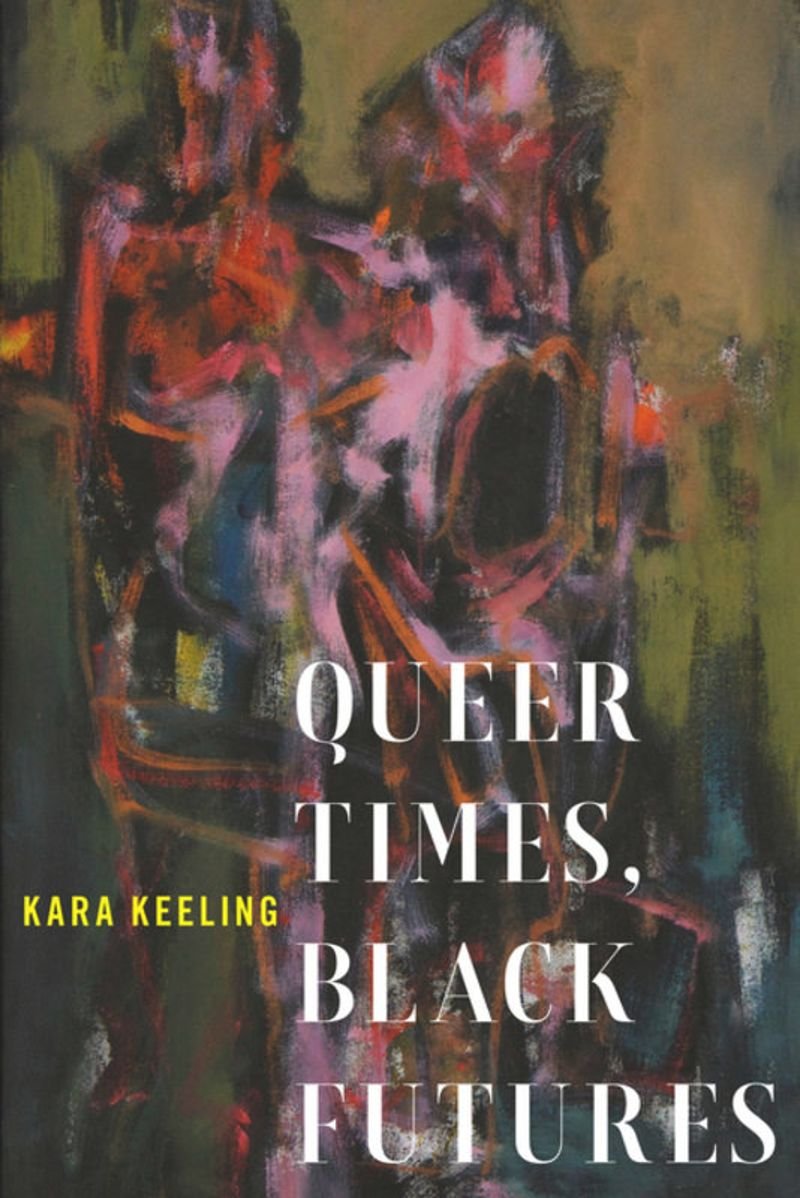"Linear Time" Syllabus
Every year, Level Ground residents curate their own syllabus to reflect the critical, creative, and imaginative foundations of their residency work. This syllabus, from 2022 resident artist Bianca Nozaki-Nasser explores time.
CURATOR’S NOTE:
Linear time is a Western condition. Or as scholar Rahsaan Mahadeo says: “White time is synchronized to white life and asynchronized to nonwhite life.” Linear time relies on succession and progress in order to become directional. Time seen in neat chronologies and orderly arrangements is meant to provide some sort of understanding. But understanding for whom?
We all already know that time is not a universal phenomenon. You’ve heard about it, probably even lived it. Arab Time can mean arriving an hour or three late to a party is actually arriving on time. CP Time. Pakistani Standard Time. Whatever you call it. Any deviation beyond the dominant clock or calendar is typically named with the intent to shame. But instead of deviant, I see some experiences of time as a form of resistance to rival the violence of white time.
Maps have a long history of narrating power. They typically present some set of geographic information, or maybe political boundaries, often coming from sets of geopolitical, social, religious, and or economic values.
In making and researching, I’m working to wreck ideas of time and reckon with it’s multiplicity. Time can direct how we interpret and understand our own place in the world. Embracing, documenting, and physicalizing our own experiences of time is an opportunity to redefine what we consider to be normative time. The process of mapping cartographies of memory and time is just as important as the outcome. The agency of mapping is where mental meets material. Focus lies on the mapping activity as much as the map as an artifact. Many of us occupy bodies that break dominant interpretations of time. Our realities literally and figuratively can not fit within categories of seconds, minutes, hours, etc. Time is relational. In short, I’ve been thinking that time is messy, and that's a good thing. —Bianca Nozaki-Nasser
1. Queer Times, Black Futures by Kara Keeling (Book, 288 pages)
3. Closer to Freedom: Enslaved Women and Everyday Resistance in the Plantation South by Stephanie M. H. Camp (Book, 224 pages)
2. History without Chronology by Stefan Tanaka (Book, 222 pages)
4. Feminist Futures of Spatial Practice: Materialism, Activism, Dialogues, Pedagogies, Projections (Book, 384 pages)
7. Funk the Clock: Transgressing Time While Young, Prescient, and Black by Rahsaan Mahadeo (Dissertation, 280 pages)
“In sum, my research forges new directions in the study of race and time by examining how time is racialized....”
8. Disability Visibility: First Person Stories from the 21st Century edited by Alice Wong (Book, 336 pages)
9. How to Go Mad without Losing Your Mind: Madness and Black Radical Creativity by La Marr Jurelle Bruce (Book, 360 pages)
10. In a Queer Time and Place: Transgender Bodies, Subcultural Lives by Jack Halberstam (Book, 213 pages)
11. Dark Matters: On the Surveillance of Blackness by Simone Browne (Book, 224 pages)
12. I Hope We Choose Love: A Trans Girl's Notes from the End of the World by Kai Cheng Thom (Book, 144 pages)
13. What My Bones Know: A Memoir of Healing From Complex Trauma by Stephanie Foo (Book, 352 pages)
14. Everything Everywhere All At Once directed by Daniel Kwan and Daniel Scheinert (Film, in theaters or to rent)
15. Who Knows Where The Time Goes? by Nina Simone (Song, 4:58)











